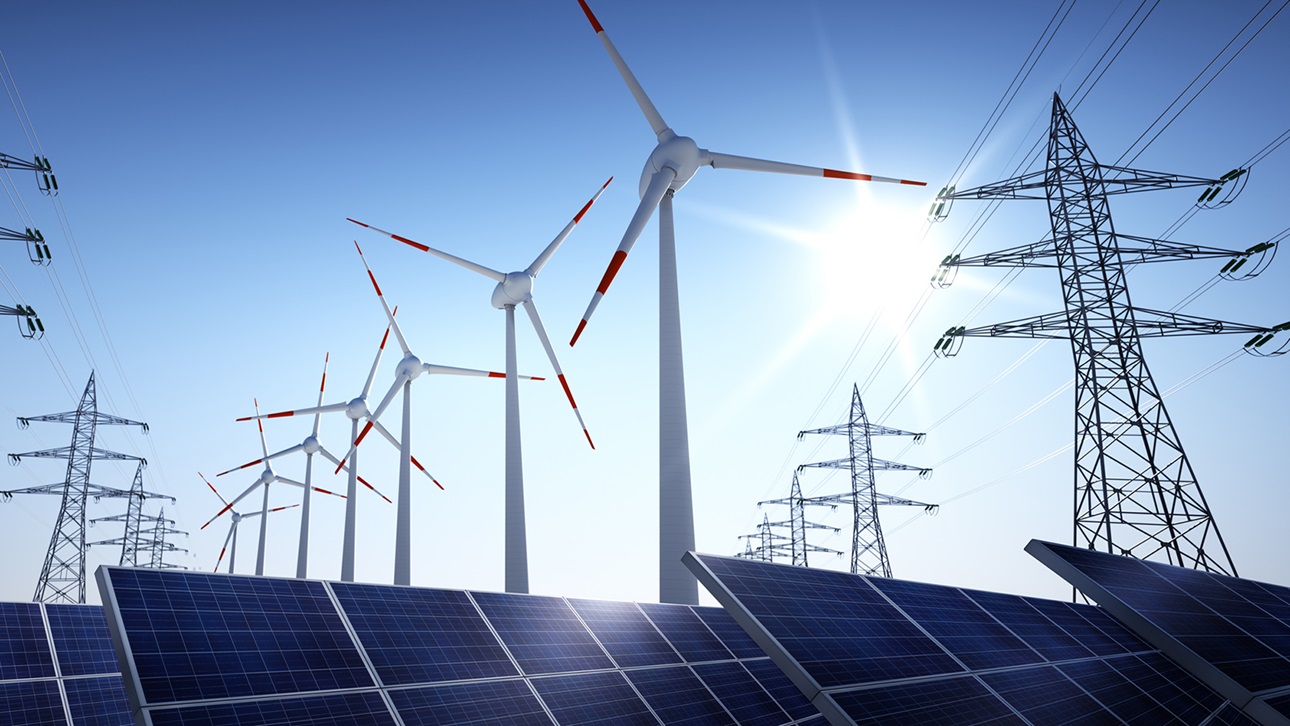Solar Interconnection Process

Depending on the photovoltaic (PV) system size and the efficiency of the local utility to process applications for renewable energy systems, the interconnection process could take several weeks to several months. Each local utility likely has different processes, policies, and turnaround times for reviewing applications for solar PV systems, so it is recommended that builders (or their solar contractors) conduct research on interconnection requirements prior to planning for the installation.
For example, some utilities do not allow an interconnection if the electricity generated by the solar system exceeds the annual electric use by the site. (See Local Utility Solar Policies for more detailed information.) You can start your research by going to the utility’s website and searching ‘solar interconnection,’ ‘renewable energy’ or simply ‘interconnection.’ Those search terms can yield results that will bring you to web pages that describe the specific utility’s process, as well as what solar production incentives might be available.
Once the interconnection process described below is completed, the solar PV system becomes grid-tied/grid-interactive, so that it can import (if the energy load on site is greater than what the PV system is producing) and export (if on-site consumption is less than what the panels are producing) electricity to and from the grid.
The Interconnection Application
The first step with the utility involves an application for approval to interconnect to the grid, which is generally completed by the solar installation company. The application provides the utility with information about the property, electricity consumption patterns of the associated structure, and design details.
Solar PV design specifics might include:
- Layout,
- Orientation,
- PV system size,
- Equipment used,
- Electrical diagrams, and
- Production estimates.
These details will help determine if the local electrical grid can handle a new two-way connection.
Once any application issues are clarified, the utility will grant an official written approval via email that allows the solar installation process to proceed. In addition to submitting an interconnection application with the utility, both electrical and building permits will need to be filed and approved with the local Authority Having Jurisdiction (AHJ) prior to installation.
Authority to Interconnect
Once the solar contractor or builder has completed the solar installation, an electrical inspection with the local AHJ will need to be scheduled. A building inspection to close out the building permit will also need to occur. After the electrical inspector passes the PV system, the solar installer will reach back out to the utility and apply for the Authority to Interconnect, or the Permission to Operate (PTO).
At this time, any minor changes to the initial design would be noted, and documentation to prove the complete installation is provided to the utility. Such documentation might include photos of the installed panels, wiring, inverters and other major system components. A copy of the signed electrical permit to indicate that the PV system passed the final inspection and an additional document associated with the interconnection application signed by the electrical inspector will also likely be needed.
Sometimes, an additional inspection by the utility will occur; however, for many residential solar PV systems, the photo documentation and signed electrical permit is sufficient.
Once the work has been verified by an inspection or photo documentation, a new utility meter will be installed (replacing the old one) or added by a utility representative so that the power company can track how much electricity is exported to the grid, as well as how much is imported to the home. The new bi-directional meter will also allow for net metering or net billing to occur, if those incentives are available in the area that the site is located.
Once the utility meter is installed and the final paperwork is confirmed, the utility will issue the PTO, and the PV system can be officially turned on.



